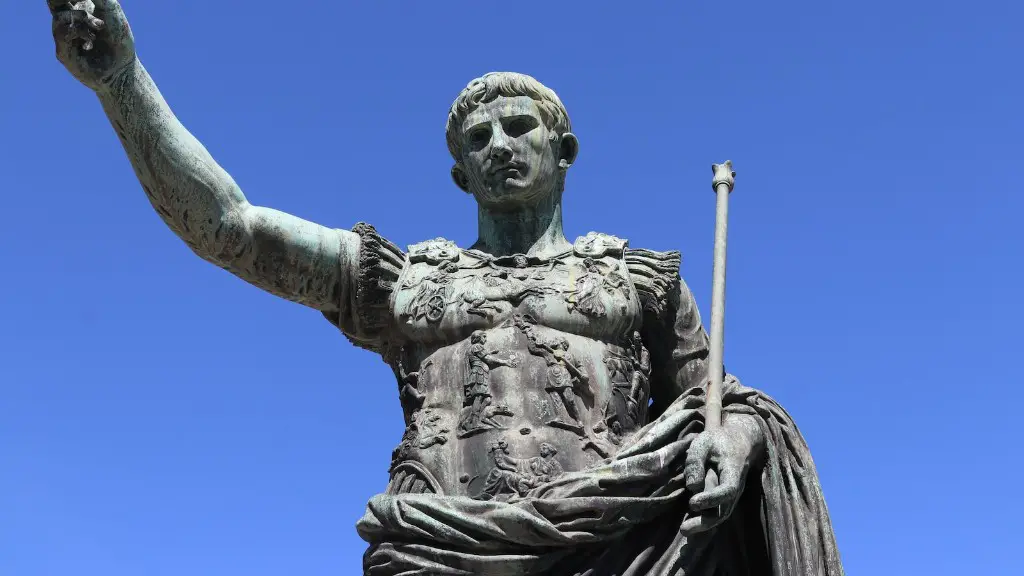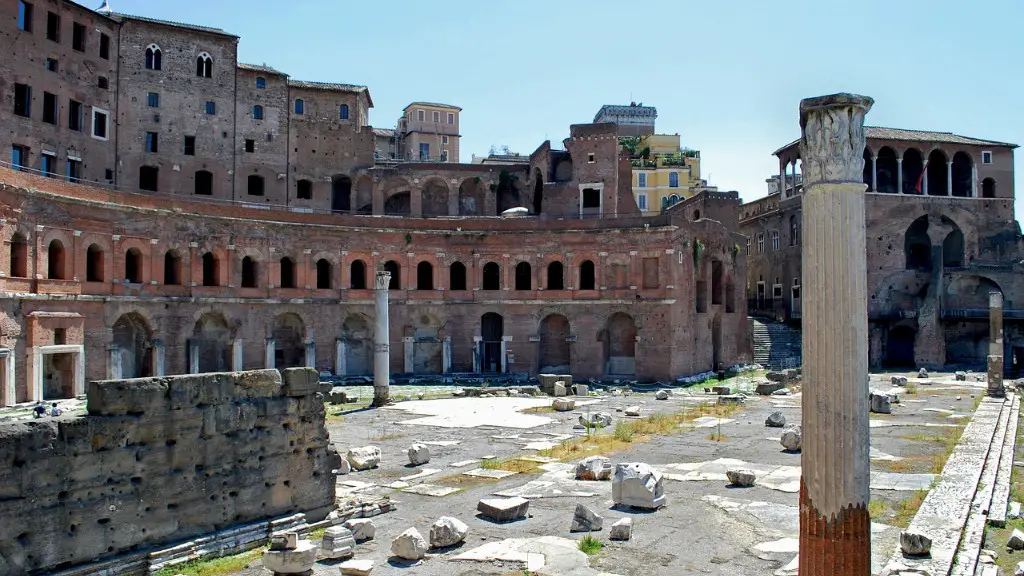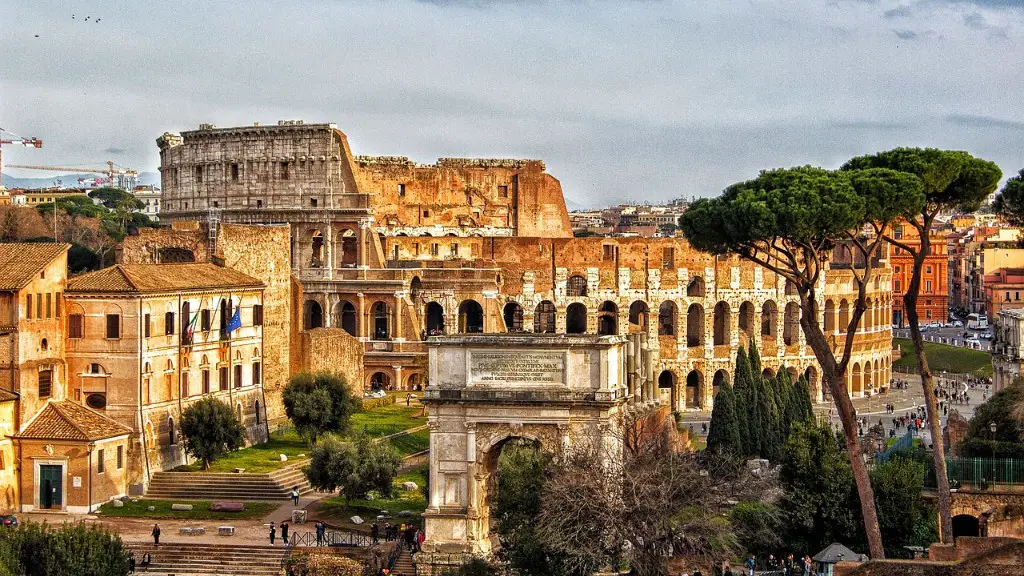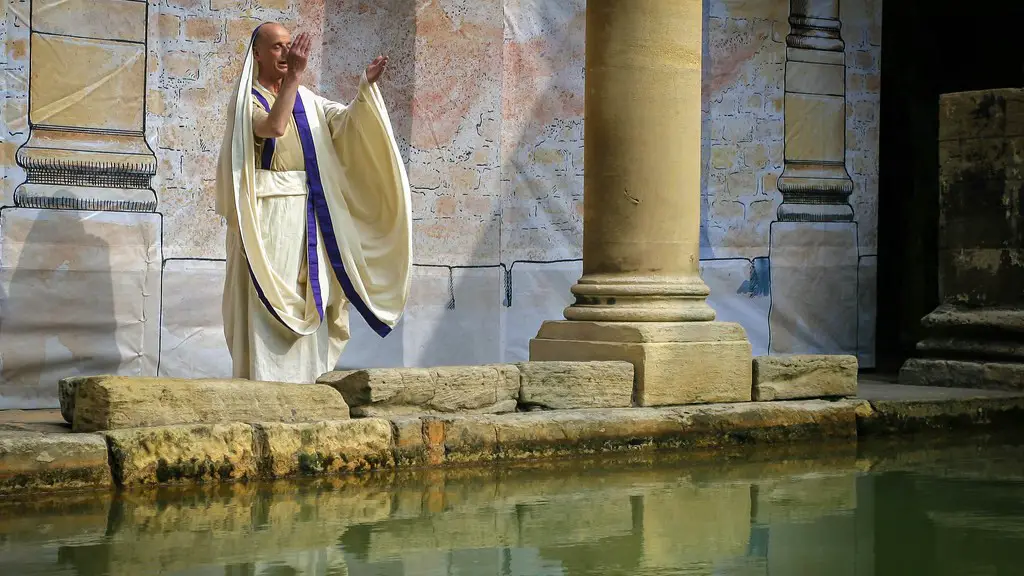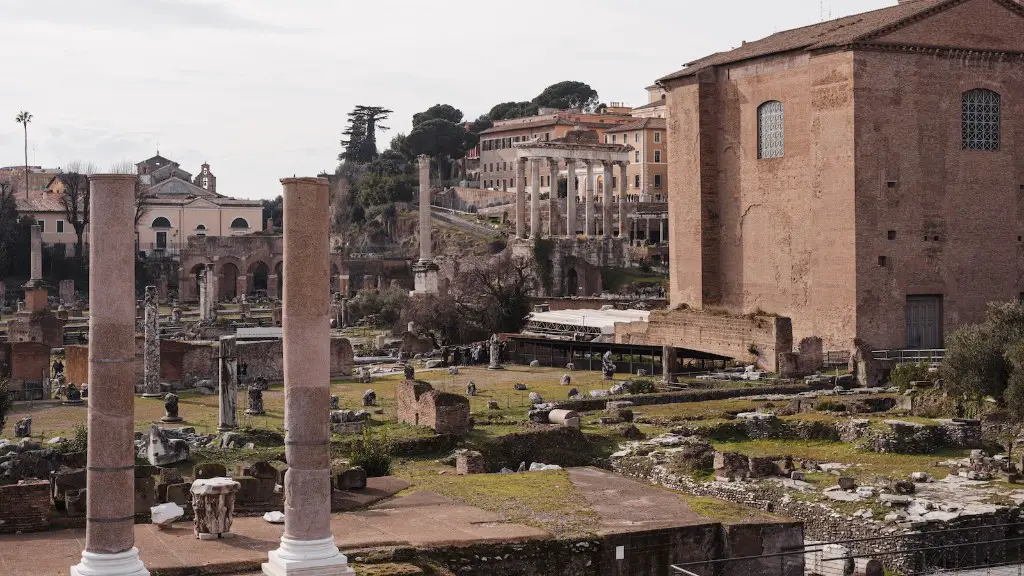Ancient Roman Marriage
Marriage customs of ancient Rome were quite distinct to those in other societies of their time. Though marriage was largely considered to be a political or economic union in Roman society, people occasionally did marry for love. During the Republic age (509 – 30 BC), the standard age of marriage for boys was not as clearly marked, but depended largely upon the pater familias (the male head of the family).
For most of the Roman elite, marriage happened when boys were in their thirties, although the age range for marriage was quite wide. The younger generation was obligated to obey their elders and marry at the age predetermined by their heads of household; most likely after their twenties, but generally prior to 40 years old.
In the early Empire (30 BC – 284 AD) the age of marriage for boys was eventually set at 14 years old and for girls it was 12. The minimum age seems to have been set with more consideration for girls. This age was what was expected from the upper classes and was probably related to the military school they attended. Marriage at this time was still a family affair, so whether or not the boy or girl would actually get to have a say in their marital partner was rare.
Other laws affecting marriage was the Lex Julia de maritandis ordinibus. This law stated that if a man or woman did not marry until the age of 25, they could not inherit any property from their father or mother. This encouraged underage marriage particularly in the upper classes, as they wanted to secure their family’s property. Despite this, it is thought that the vast majority of Roman citizens only married between the ages of 18 and 24.
Rome also had a form of ‘trial marriage’, known as the coemptio. This was a kind of contractual agreement between two people that allowed couples to be married for a short period of time and renewed periodically. This type of marriage was mostly used by people of the lower classes as it put a little more autonomy onto both the man and the woman when deciding who to marry.
The attitude to divorce in Ancient Rome was slightly relaxed. The man had to make sure his wife was aware of his intentions to divorce before going through with it, and a degree of mutual agreement was expected. It is thought that divorce was much simpler for a man than a woman, as the father would have control over a child’s upbringing, and the mother would have to return to her family of origin upon divorce.
In Rome, marriage was not just a private affair but part of public life. People would perform rituals to mark the commencement and passing of marriages. In the Roman Imperial period, marriage was celebrated by the chariot procession of the newly married couple and their families in front of their community. Therefore marital status was very important in describing a Roman citizen’s social standing.
Family and Social Life
In Ancient Rome, marriage marked the beginning of a partnership between two families, and was both a personal and a public event. Marriages were kept within the family to some degree and horoscopic matchmaking was also used in upper classes to ensure that couples were compatible. Couples were expected to be faithful to one another and polygamy was frowned upon and probably less common than monogamy.
In Rome, it was customary for the bride to give two presents to the groom, one during the nuptial and one at the matron of honour’s house. The first one was meant to demonstrate the bride’s understanding of her responsibilities as the wife of her husband and the second was a token of her gratitude. The obligations of a Roman wife included taking care of the house, the children and the finances.
The husband was legally obligated to provide financial support to his wife, unless agreed otherwise before marriage. If the husband passed away, the widow received one third of his remaining wealth – the other two thirds were inherited by his children. If the wife passed away, her husband could decide how the death proceeds were to be split between her relatives, with the majority likely to go to the eldest son.
The concept of adoption was also common in ancient Rome. This practice gave those wanting a son or daughter the opportunity to adopt children who had the same Roman legal citizenship as if they had been born to them. This afforded them the rights and privileges of their adopted family, including the right to inherit their family’s wealth.
In Rome, a wedding was typically celebrated with a feast, called a concubium. During the feast, a Roman bride and groom would exchange vows and drink from the same cup, signaling their union. The wedding celebration would likely include singing, games and feasting, as well as special toasts for the couple and their families.
Romantic Love
It was not uncommon for Romans to eventually develop feelings for their significant other in the course of a marriage. Cultures of passionate love were quite alien to Roman society and some thought it antithetical to Roman virtue which valorised self-control. Roman men and women did not celebrate romantic love publicly, but kept it private instead, often writing love poems to one another in secret.
The concept of romantic love was seen as a potentially destabilising force, which could lead to adultery and other morally problematic actions. Traditional Roman love poetry focussed instead on pietas (loyalty) and religio (religious devotions). Though marriages were often political or economic unions, the idea of passionate love was not foreign to the ancient Roman world.
In several pieces of love poetry, like Tibullus or Propertius, the bride and groom write in terms very different than the typical terms used to describe a political union. Instead, they idealise the love of their partner as if it were an essentially divine and immortal force. In such poems of love, the union is often seen as a life-altering event rather than a routine and almost mechanized process.
Romance in Literature
Love was a popular theme in the literature of the Roman Empire. The symbol of the love between two people was often symbolised by their vows, which could be romantic or even humorous. The Roman satirist, Juvenal, wrote, ‘you are no longer in love, when you can think of counting the cost’. In Roman love scenes, the participants would often use elaborate words and body language to express their love.
In literature, writers often summed up the complexity of Roman love by using the phrase vis amoris et voluptas (love and pleasure). This phrase encapsulated the Roman concept of marriage as combining the passion of love with the pleasure of a legal union. Roman literature often makes the fusion of these two ideas clear.
The Roman poet Catullus wrote, ‘And I love you, in life and in death, and beyond.’ Often Roman poets also wrote about the feeling of being lost in love, as seen in the verse, ‘Was it my doing that I am in love?’ This expresses the complexity of Roman love, in which a combination of elements of rationalism with emotion is essential.
Maternal Love
Maternal love was also highly valued in Roman society. Roman mothers were respected for their devotion to their children and for protecting their families. Roman mothers were expected to provide food, care and support, both financially and emotionally, to their children, and also display certain moral qualities such as meekness, patience and diligence.
The Roman poet Ovid wrote, ‘A mother is one who nourishes, spares, who knows no sister’s or brother’s love, who seeks no higher honor than her child.’ It was expected that Roman mothers would provide unconditional love, support and affection to their children, no matter what the situation was.
The celebration of Parentalia, a festival that was celebrated in honour of deceased family members, was also an important part of honouring motherly love in Roman society. The festival was celebrated annually in February and saw families paying homage to their ancestors and honouring their role in the wider family.
Social Structure and Gender Roles
Marriage also played an important role in Roman social structure and gender roles. Women were expected to spend most of their lives within the home, caring for their children and taking care of domestic tasks. Men, on the other hand, were the breadwinners and were expected to take an active role in public life, such as campaigning for political office, serving in the army and participating in religious ceremonies.
Marriages between different classes were not uncommon, but marriages between people of different social standing or wealth often had to be approved by the father of the bride. This was to ensure that the family’s wealth remained intact and would not be dissipated by marrying into an unequal family.
Though marriages were largely legal and economic unions, the idea of passionate love was not foreign to the Roman world. Marriage was also seen as a way to forge family alliances, create social ties and expand one’s wealth and political influence. Roman marriages were a complex mixture of emotional, legal, political and economic factors.
